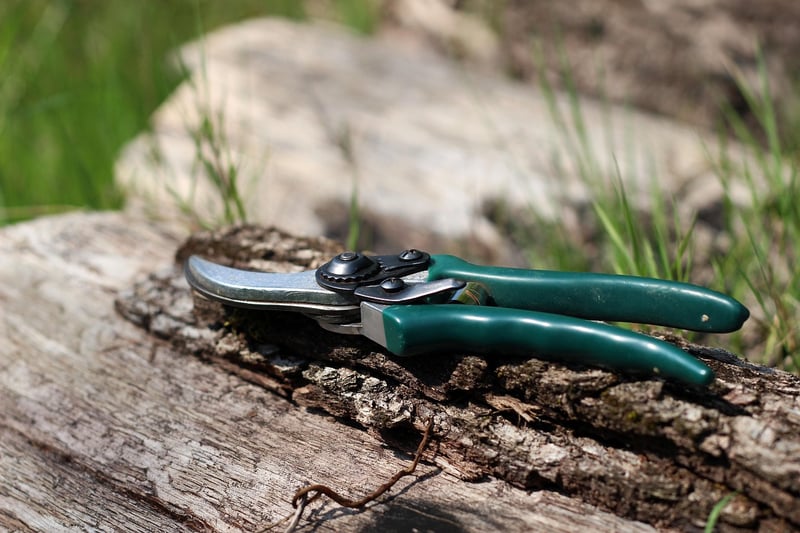Pruning Tips
Keeping Your Garden Healthy: Essential Pruning Tips
Welcome to our guide on maintaining a healthy garden through proper pruning techniques. Pruning is a vital practice that not only enhances the aesthetic appeal of your garden but also promotes plant growth and overall plant health. Let's delve into some essential tips for effective pruning.
1. Choose the Right Tools
Having the proper tools is the first step to successful pruning. Invest in high-quality pruning shears, loppers for thicker branches, and a pruning saw for larger limbs. Keeping your tools sharp and clean is crucial for clean cuts that promote plant healing.
2. Identify the Correct Time for Pruning
Timing is key when it comes to pruning. Different plants require pruning at specific times of the year. For most flowering shrubs, prune after they bloom. Deciduous trees are best pruned during dormancy in late winter or early spring. Research the specific needs of your plants for optimal pruning timing.
3. Understand Pruning Techniques
Learn the various pruning techniques such as thinning, heading, and rejuvenation pruning. Thinning involves removing entire branches to improve airflow and light penetration. Heading cuts shorten branches to encourage bushier growth. Rejuvenation pruning involves drastic cutting back to revitalize overgrown shrubs.
4. Prune Diseased or Damaged Branches
Regularly inspect your plants for diseased, damaged, or dead branches. Pruning these branches promptly helps prevent the spread of disease and allows the plant to allocate resources to healthy growth. Make clean cuts just above the nearest healthy bud or branch.
5. Consider Plant Shape and Growth Habits
When pruning, aim to maintain the natural shape of the plant while encouraging healthy growth. Understand the growth habits of the plant you are pruning to make informed decisions. Some plants may require minimal pruning, while others benefit from more aggressive trimming.
6. Clean Up After Pruning
After completing your pruning tasks, remember to clean up the pruning debris to prevent the spread of pathogens. Dispose of cut branches properly or use them for mulch if disease-free. Cleaning your tools after each use also helps prevent the transmission of diseases between plants.
Conclusion
Pruning is a fundamental aspect of garden maintenance that contributes to the health and vitality of your plants. By following these essential pruning tips, you can ensure your garden remains healthy, vibrant, and visually appealing throughout the year.
Happy pruning!

For more detailed pruning guides and gardening tips, visit Gardening Website.
